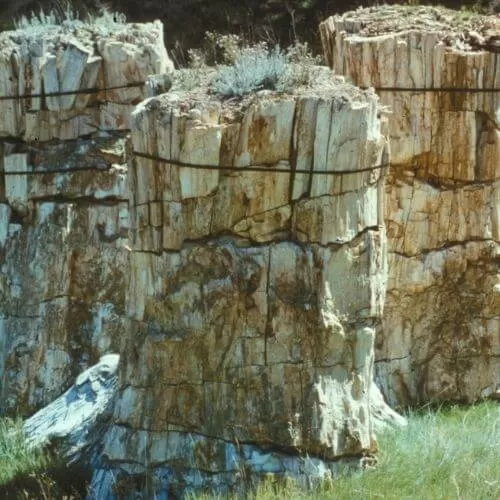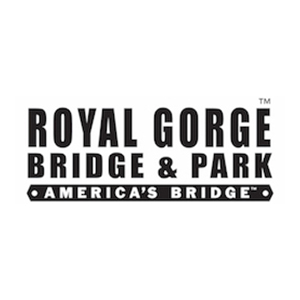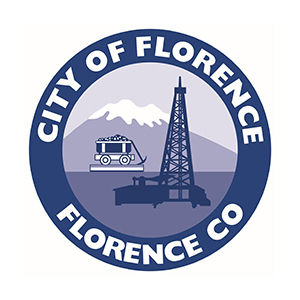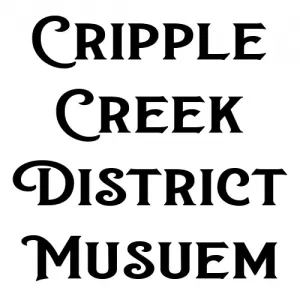Learn From Us
Protecting One Of The World's Richest Fossil Deposits
The Florissant Fossil Bed National Monument
2022-04-02 | Gold Belt Tour Scenic and Historic Byway
 The Florissant Fossil Bed fossil history dates back tens of millions of years ago. About 34 million years ago, the area that is now within Florissant Fossil Beds National Monument was a mixed-hardwood, warm temperate forest unlike today’s cool temperate forest.
The Florissant Fossil Bed fossil history dates back tens of millions of years ago. About 34 million years ago, the area that is now within Florissant Fossil Beds National Monument was a mixed-hardwood, warm temperate forest unlike today’s cool temperate forest.
When seeing the Florissant Fossil Bed National Park in its present state, it can be hard to believe it was once teeming with huge mammals, a completely different landscape, and a host of insects that would be foreign to us in today's world. So what exactly did the Florissant Fossil Bed Area look like 34 million years ago?
Florissant As It Was
Towering over the area were redwood trees that may have been up to 300 feet tall. This was the age of the mammals, after most of the dinosaurs had gone extinct. Large, rhinoceros-looking creatures with two horns called Brontotheres lived there along with miniature, three-toed horses called Mesohippus and many other interesting mammals.
Insects buzzed through the air including the blood-sucking Tsetse fly, which is now only found in Africa. About 18 miles away, where the modern community of Guffey is located, loomed a massive, steep-sided stratovolcano. The volcano erupted numerous times. During some of the eruptions, the volcano generated large debris flows mostly made of ash and water called lahars.
One of these lahars buried part of the area and was responsible for petrifying the trunks of the massive redwood trees. Other debris flows blocked a stream to the south creating a 12-mile-long lake. Over time, insects, leaves, other parts of plants, a few birds and fish, pollen, and much more fell into the lake and settled at the bottom.
Later, eruptions that entered the lake covered the bottom of the lake in layers of ash and clay that eventually sealed in the life that was at the bottom, fossilizing them. They remained underground for millions and millions of years.
The first humans to come across the fossils would have been hunters and gatherers about 8 – 10,000 years ago. Native Americans like the Ute, Apache, Cheyenne and Arapahoe would have come across them too.
Eventually, settlers and scientists made it to the valley. Information about the area was published by the Hayden Survey of the West. Scientists came from the east coast to study the area and send back fossils and write about the fossils. The area also became popular with tourists.
The Beginning of Tourism in Florissant
By the late 1800s, tourists were even able to get to the area by train via the Midland railroad. One of the tourist areas also doubled as a dude ranch and attracted visitors from all over the country. There were even attempts to saw one of the giant stumps and send it to Chicago for the World’s Fair to attract more visitors.
With the tourist business boom came a great loss of petrified wood. Tourists either paid and/or sometimes just took a large amount of pieces away. It was disappearing at a fast rate that was even noticed by local newspapers.
The tourist business remained in the area into the 1960s when a large part of the area was bought in attempts to make a housing development. This caught the attention of scientists and activists who formed a group called Defenders of Florissant to help save the area. They lobbied congress and eventually hired a lawyer named Victor Yannacone, Jr., from Long Island, to come help in the battle.
Protecting the Florissant Fossils
Yannacone went on to help form the Environmental Defense Fund. Florissant’s case was at the early beginnings of environmental law and the environmental movement. The activists were able to get the attention of lawmakers and a bill was introduced into Congress.
Meanwhile, bulldozers were on the ground ready to build. They went to court and lost and appealed numerous times, finally winning an injunction against the building.
Just in time, the bill was passed and sent to Richard Nixon who signed it into law on August 20, 1969, thus saving the area as Florissant Fossil Beds National Monument, part of the National Park System.
See More Articles


























